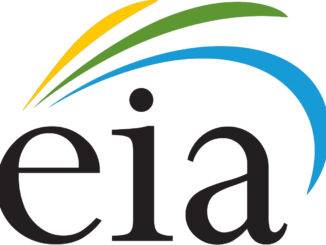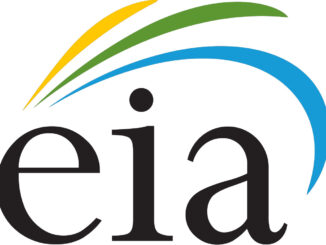
Crude oil futures were lower in mid-morning Asian trade Aug. 15 on profit-taking amid a lack of fresh cues and after the ICE Brent marker briefly retook $100/b late last week on a wave of bullish headlines.
At 10:13 am Singapore time (0213 GMT), the ICE October Brent futures contract was down 67 cents/b (0.68%) from the previous close at $97.48/b, while the NYMEX September light sweet crude contract was 67 cents/b (0.73%) lower at $91.42/b.
A lack of fresh cues saw oil prices drifting lower at the start of the week as investors booked profits. A wave of bullish headlines in the previous week to Aug. 12 had sent ICE Brent crude closing 3.4% higher on the week, with the front-month marker briefly crossing the $100/b level.
“Crude oil posted a weekly gain, despite edging lower on Friday, as the prospect of stronger demand improved,” said ANZ Research analysts Brian Martin and Daniel Hynes in an Aug. 15 note.
Some analysts remained cautious about how far the latest uptick in oil prices had to run.
Germany’s Commerzbank, in a late Aug. 12 note by Barbara Lambrecht and Thu Lan Nguyen, lowered its Brent forecast to $90/b by year-end, citing greater supply than expected from Russia, as well as rising shale oil production in the US.
“All in all, the oil market should be more than amply supplied for the time being,” Lambrecht and Nguyen said.
“For the second half of the year, the IEA expects global oil stocks to increase by 900,000 barrels per day. For this reason, and because of the recession feared in many industrialized countries, we have revised our oil price forecast to the downside,” they added.
Sentiment in the broader financial markets remained clouded, with varying indicators providing a mixed outlook on the US economy.
Most recently, the University of Michigan’s consumer sentiment index rose to 55.1 for August from 51.5 for July in data released Aug. 12, in a sign that the recovery in the US economy remained on track.
“The improvement in the overall index will soothe some concerns about a spiraling fall in private demand – though to the extent that such a dynamic might be precisely what the Fed requires in practice to beat inflation might be a double-edged sword,” ANZ’s Martin and Hynes said.
Dubai crude swaps and intermonth spreads were lower in mid-morning trade in Asia Aug. 15 from the previous close.
The October Dubai swap was pegged at $91.34/b at 10 am Singapore time (0200 GMT), down $1.77/b (1.9%) from the Aug. 12 Asian market close.
The September-October Dubai swap intermonth spread was pegged at $2.38/b at 10 am, down 7 cents/b over the same period, and the October-November intermonth spread was pegged at $1.32/b, down 10 cents/b.
The October Brent/Dubai EFS was pegged at $6.39/b, down 38 cents/b.
Source: Spglobal.com



